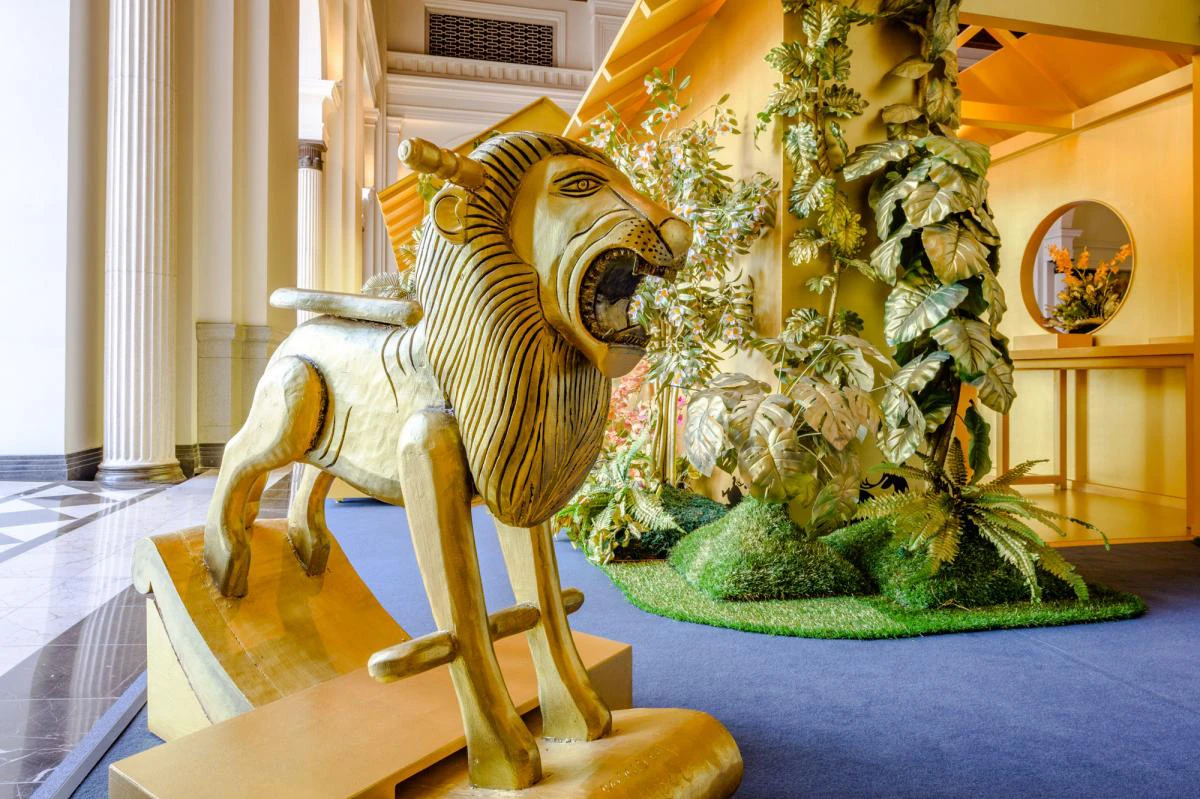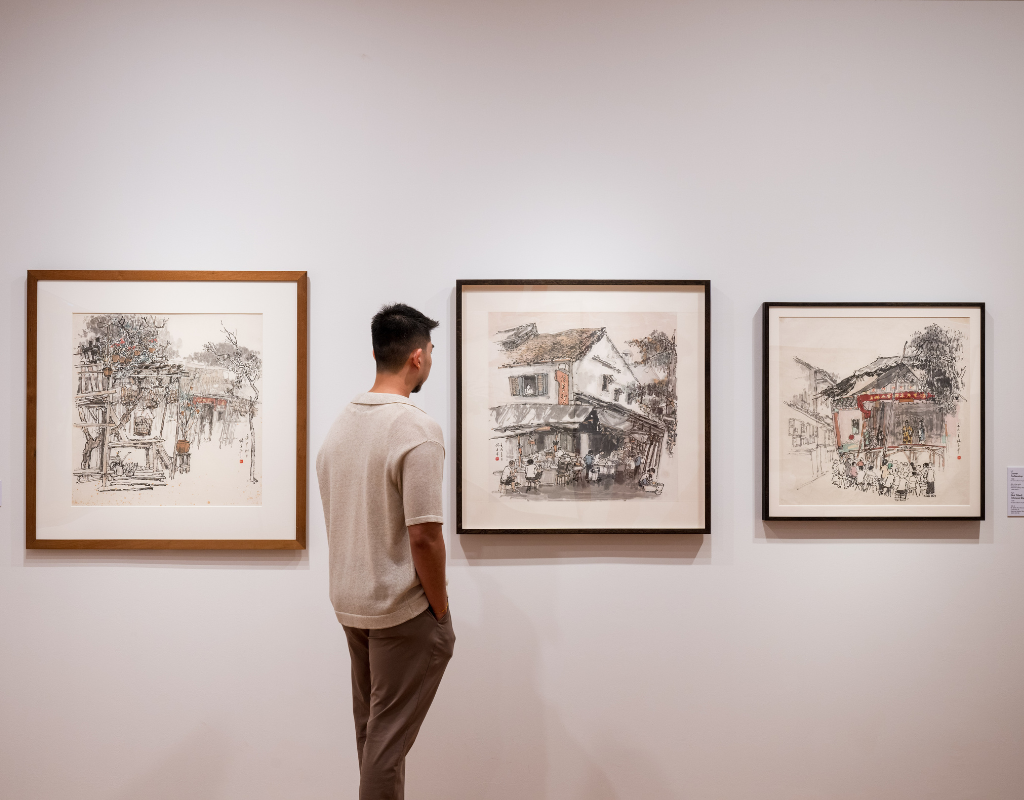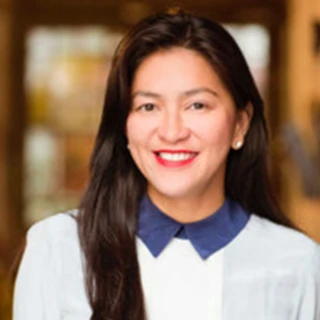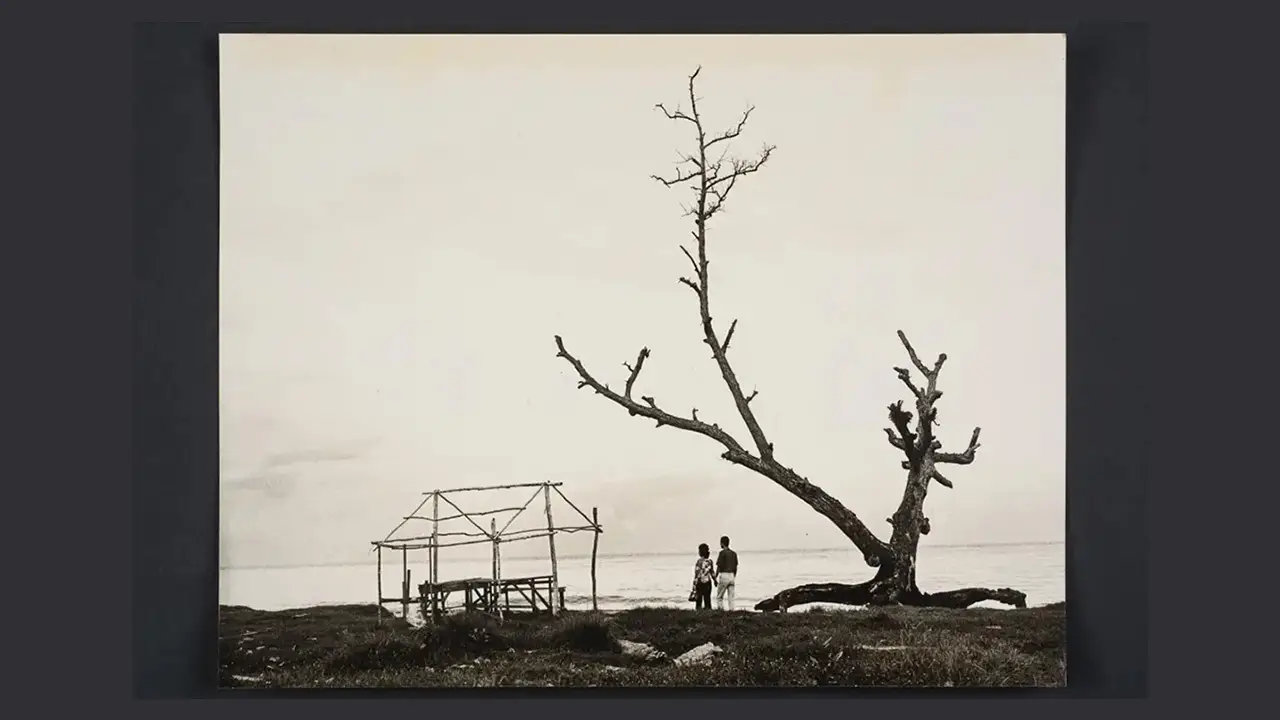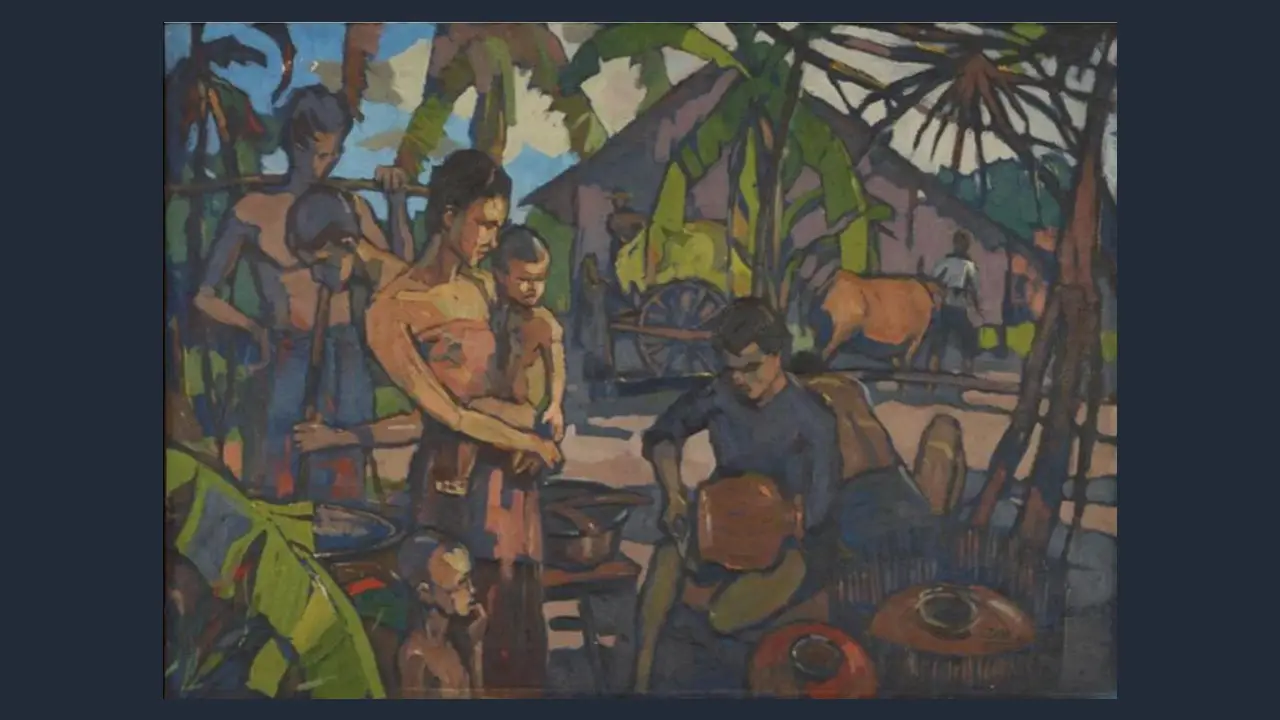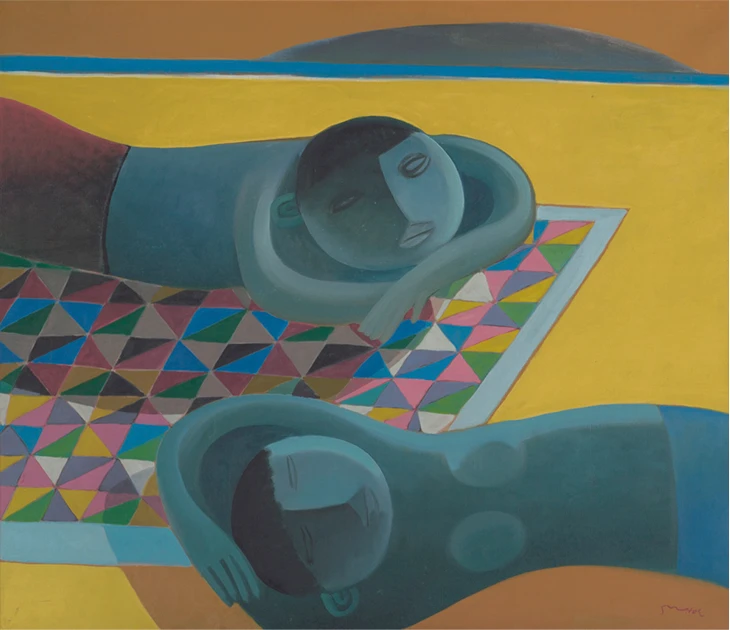The Other Wall by Aung Ko and Nge Lay
In this post, Vanini Belarmino (Assistant Director, Programmes) shares about her trip to the studio of Aung Ko and Nge Lay, the husband and wife artist duo featured in Gallery Children’s Biennale 2019, where she learned about the inspirations behind their installation The Other Wall, and the careful process of transforming their treasured childhood memories and traditions of Myanmar into a beautiful work of art.
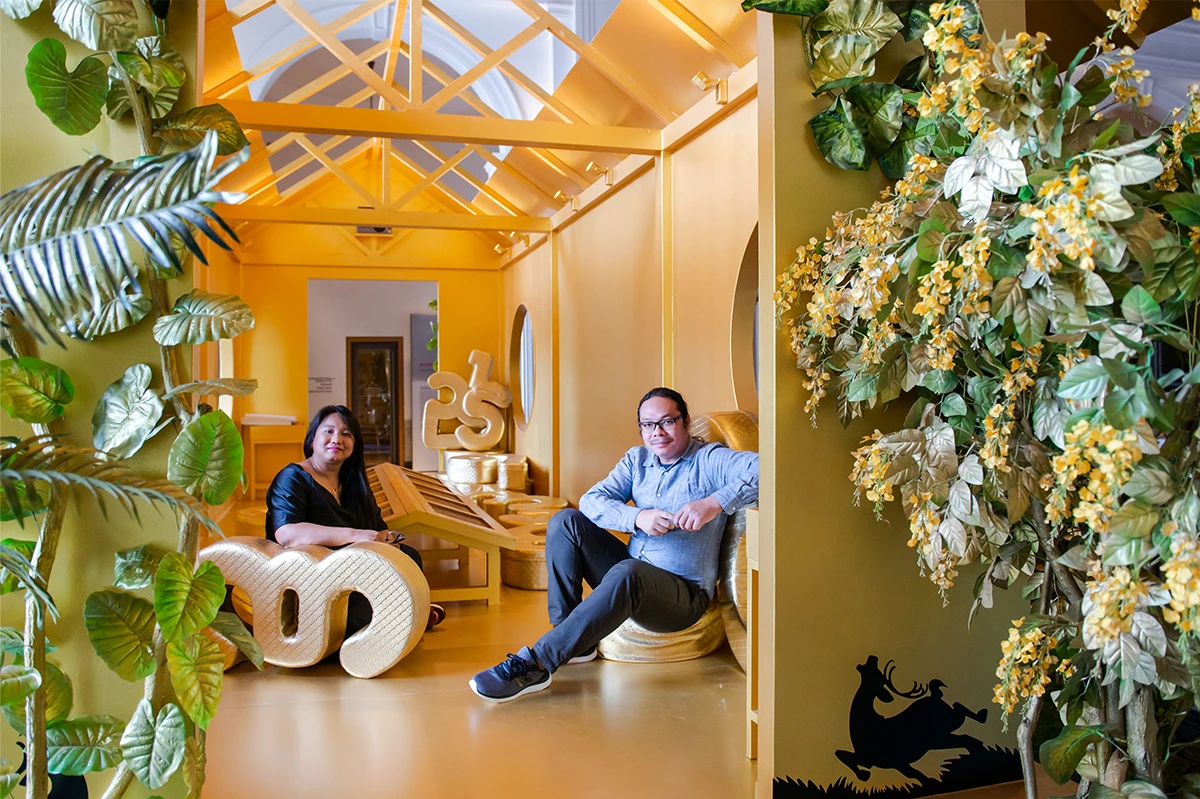
In December 2018, I traveled to Yangon with my colleague Sin Hui to visit the studio of Aung Ko and Nge Lay, the husband-and-wife artist duo featured in Gallery Children’s Biennale 2019. Over three days, we learned about the inspirations behind their installation The Other Wall, and the careful process of transforming their treasured childhood memories and traditions of Myanmar into a beautiful work of art.
Upon stepping into the golden houses of The Other Wall, located at the Supreme Court Terrace in the Gallery, visitors first encounter a row of 10 woodblocks and translated stories. The images were illustrated by Burmese master artist U Ba Kyi for the Shwe Thway Journal, a journal published weekly in Myanmar since the artist’s childhoods and containing illustrated stories for kids.
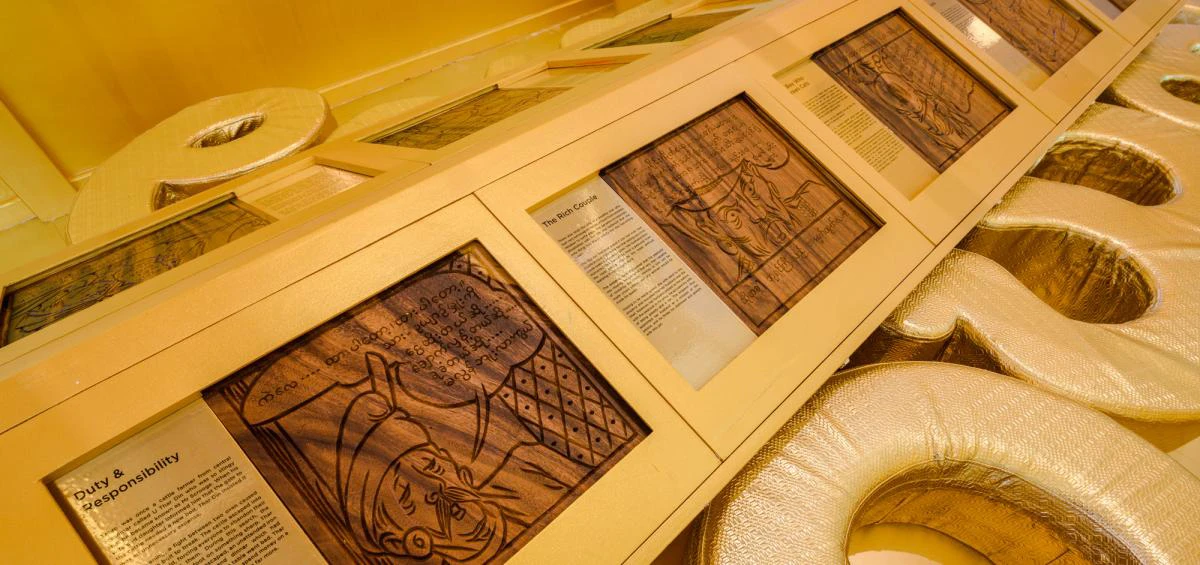
Despite growing up in different environments––Nge Lay in the city of Yangon and Aung Ko in the countryside––the couple shared a love for reading and books, and a particular passion for collecting this journal. Aung Ko’s personal collection, comprising volumes from 1967 to 1993, was first gathered for him by his mother who was a schoolteacher. The quality of the journal has deteriorated since the late 1980s, and so the couple sees their collection as a valuable repository of images and memories to pass down not only to their daughter Dahlia, but also others who wish to learn more about Burmese traditions.To produce each of the wood blocks, the illustrations from the journals were first photocopied on paper to make a pattern, then carved into wood by a skilled craftsman under the supervision of the artists. It takes about three days to complete each one.
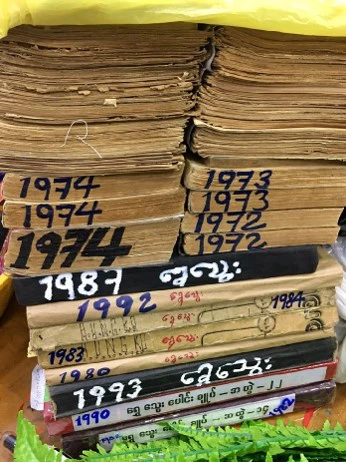
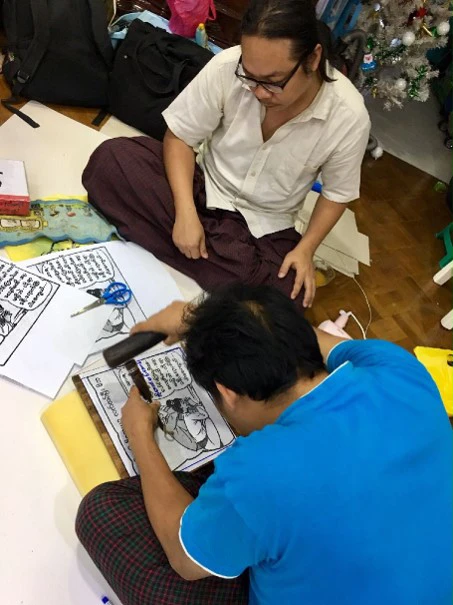
Inside the houses are also 33 cushions fashioned after the different Burmese alphabets, introducing visitors to this language in a simple and interactive way. At the studio, we saw the artists painstakingly draw patterns for each cushion by hand, for craftsman to then transform into large foam cushions for visitors to touch and feel.
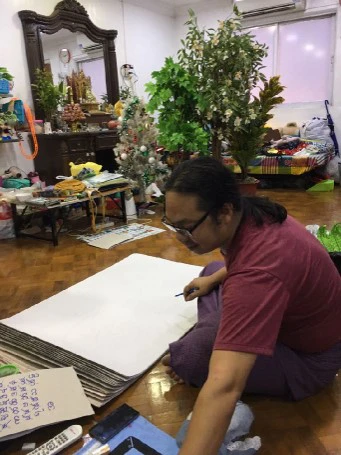
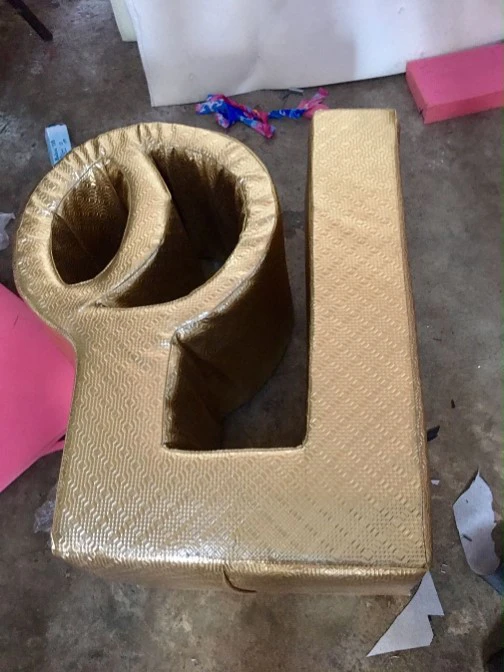
Surrounding the house are wooden rocking animals built using traditional Burmese techniques. The rocking animals represent the practice of handmaking toys for one’s children in Myanmar, which is disappearing today with the rise of easily accessible imported plastic toys.
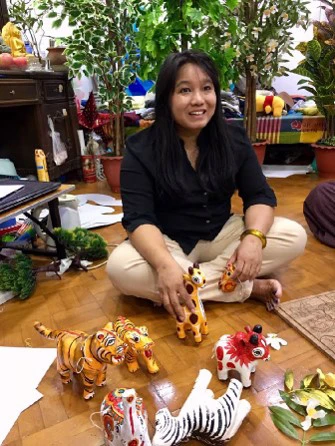
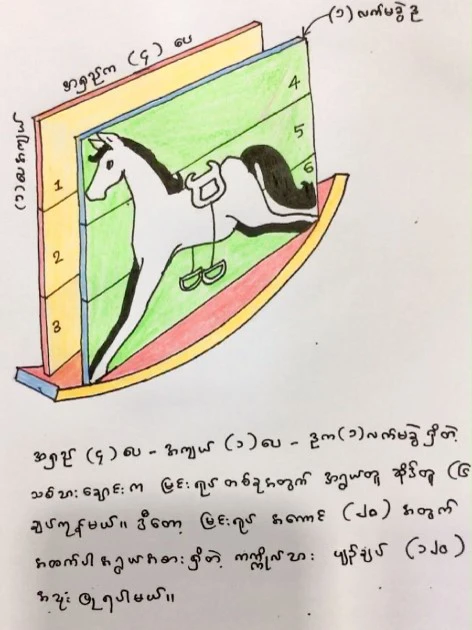
The Other Wall reflects life in Myanmar in the 1970s, a golden era when society flourished and progressed. The artists grew up during this time. Having seen Myanmar change drastically since, the duo wanted to revive and reimagine their childhood customs in the hopes of preserving the traditions and memories of their country. Through this installation, they recreate a traditional Burmese house, expose visitors to the Burmese language, tell their stories and evoke the joy of their childhood.
